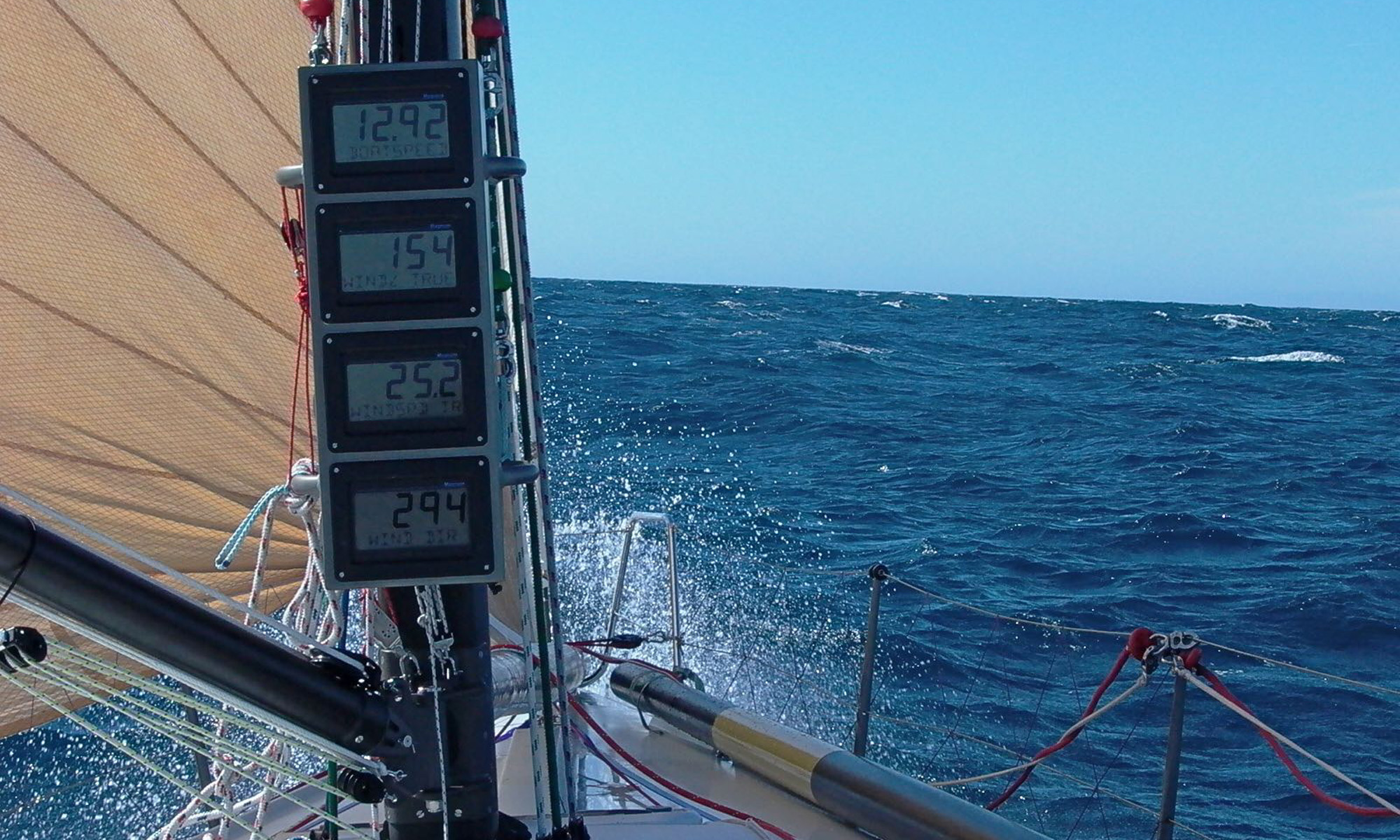Augmented Reality (AR) is finding its way into more markets and new use cases are emerging. With this maturation comes an evolving ecosystem.
Elements of the AR Ecosystem:
Devices — You need some kind of device to experience AR. Most commonly a smart phone or tablet running AR software. AR wearables like HoloLens or Magic Leap offer a hands free way to overlay AR content onto your view of your physical space. (This is not the same as VR headsets which cover your eyes with a projection screen.)
Content — The content that is displayed in an AR app on a device is typically a 3d Model (created in CAD or 3d Modeling Software) or perhaps a 3d representation of a 2d object (like photo or video.)
Triggers and Anchors — Before AR content can be experienced, the user needs to be made aware of it’s presence. Most often, a visual queue is used, such as an image of some sort, or a QR code or web link. Other trigger options exist: BlueTooth Low Energy (BTLE) beacons or Near Field Communication (NFC) can be employed as well. Collectively, these technologies make the user aware that an AR experience is available (see Discovery, below) and can cause their device to materialize the Content. Another important element is the means by which a Model is Anchored in the physical world. The first Anchors were called Markers – a 2d image placed in the real world. When the AR software identifies the Marker, it can lock the Model onto that spot allowing the user to move around the Model and view it from other angles. More recent technologies (ARKit, ARCore) provide an ability to identify and lock onto a horizontal or vertical surface then lock the Model onto that surface. Other Anchor types will emerge.
 Experiences — With a 3d Model Anchored onto a surface or to a marker, the viewer can perceive what the model represents in their physical space. This enables a variety of experiences. Viewing furniture in your home, a painting on your wall, a service diagram on industrial equipment or a Pokémon character sitting on your front porch. Once the AR wow factor wears off, people will demand useful AR experiences which deliver meaningful value.
Experiences — With a 3d Model Anchored onto a surface or to a marker, the viewer can perceive what the model represents in their physical space. This enables a variety of experiences. Viewing furniture in your home, a painting on your wall, a service diagram on industrial equipment or a Pokémon character sitting on your front porch. Once the AR wow factor wears off, people will demand useful AR experiences which deliver meaningful value.
Interactions — Once you can experience a 3d Model Anchored in your physical space, you’ll probably want some way to interact with it. Perhaps you’ll move or scale it or turn it around or manipulate it in another way. Or perhaps the Model has additional capabilities it may perform or you may trigger with a tap on on a button or on the Model itself.
Distribution — Distribution means getting a particular Model to a particular person to fulfill a particular purpose at a particular place and time. This process requires the viewer to have the right equipment (viewing device and software) to have the intended experience.
Discovery — For AR to provide the desired experience to the desired individuals, there is a need to let those people know there is an AR experience to be had. Some form of notification must be given which must not only make them aware but communicate to them the way in which the experience will benefit them. (See Triggers, above.)
Analytics — Manufacturers, retailers and marketers are finding value in creating and distributing AR experiences to customers or the general public. Analytics are necessary to provide insight and give them a way to assess effectiveness and viability of the AR experiences they deliver.
I’m a strong advocate for practical Augmented Reality solutions. Please email me to determine the best and most profitable way to use AR in your business.
John Knapp was most recently Senior Architect, Cloud Services at leading AR knowledge management platform provider Scope AR.


